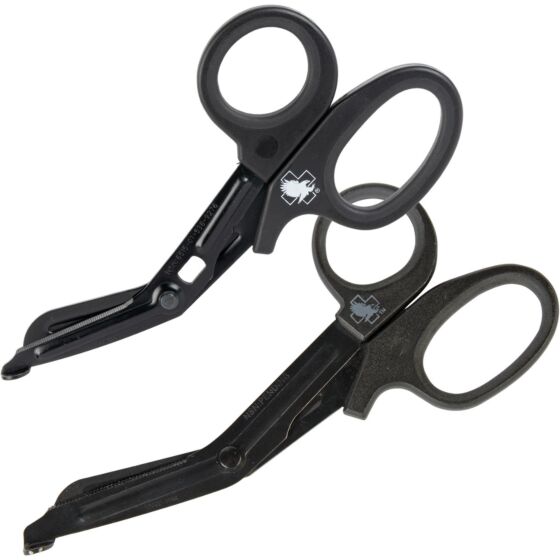The last Word Guide To Plant Pruning
페이지 정보
작성자 Darrell Lafores… 작성일 25-08-16 05:17 조회 36 댓글 0본문
 Cut away as much as 25% of your stems, vines, or outdoor trimming tool branches. Prune again areas that look overgrown or that you’d prefer to see some future development in. To do this, angle your pruning electric power shears above the stem’s node (the bump on the side) by ½ inch (1 cm). X Research supply Understand that pruned plants generate 2 new shoots from a trimmed spot, which is helpful to contemplate when you’re attempting to nurture new development. Woody trees: Use pruning Wood Ranger Power Shears for sale or loppers to cut 1 cm above a node. Don’t fear about reducing at an angle except your plant might be uncovered to rainfall. Viney plants: Prune the plant back to a robust section of Wood Ranger Power Shears website (if it’s sick/damaged), or trim it to a branch or bud. Do you know? American landscaping requirements require landscapers to remove no more than 25% of a tree or shrub throughout the rising season. X Research supply Even if you don’t have a woody houseplant, this guideline is useful to remember.
Cut away as much as 25% of your stems, vines, or outdoor trimming tool branches. Prune again areas that look overgrown or that you’d prefer to see some future development in. To do this, angle your pruning electric power shears above the stem’s node (the bump on the side) by ½ inch (1 cm). X Research supply Understand that pruned plants generate 2 new shoots from a trimmed spot, which is helpful to contemplate when you’re attempting to nurture new development. Woody trees: Use pruning Wood Ranger Power Shears for sale or loppers to cut 1 cm above a node. Don’t fear about reducing at an angle except your plant might be uncovered to rainfall. Viney plants: Prune the plant back to a robust section of Wood Ranger Power Shears website (if it’s sick/damaged), or trim it to a branch or bud. Do you know? American landscaping requirements require landscapers to remove no more than 25% of a tree or shrub throughout the rising season. X Research supply Even if you don’t have a woody houseplant, this guideline is useful to remember.
Viscosity is a measure of a fluid's fee-dependent resistance to a change in shape or to movement of its neighboring portions relative to each other. For liquids, it corresponds to the informal concept of thickness; for example, syrup has a higher viscosity than water. Viscosity is defined scientifically as a force multiplied by a time divided by an space. Thus its SI units are newton-seconds per metre squared, or pascal-seconds. Viscosity quantifies the inner frictional drive between adjoining layers of fluid which are in relative movement. For instance, when a viscous fluid is compelled by way of a tube, it flows extra quickly near the tube's middle line than near its walls. Experiments show that some stress (resembling a stress difference between the two ends of the tube) is needed to sustain the movement. It is because a pressure is required to overcome the friction between the layers of the fluid that are in relative movement. For a tube with a continuing price of stream, the strength of the compensating drive is proportional to the fluid's viscosity.
Typically, viscosity will depend on a fluid's state, resembling its temperature, outdoor trimming tool strain, and rate of deformation. However, the dependence on a few of these properties is negligible in certain instances. For instance, the viscosity of a Newtonian fluid does not range significantly with the speed of deformation. Zero viscosity (no resistance to shear stress) is noticed only at very low temperatures in superfluids; in any other case, the second law of thermodynamics requires all fluids to have positive viscosity. A fluid that has zero viscosity (non-viscous) known as best or inviscid. For non-Newtonian fluids' viscosity, there are pseudoplastic, Wood Ranger Power Shears official site plastic, and dilatant flows which might be time-impartial, and there are thixotropic and rheopectic flows which can be time-dependent. The phrase "viscosity" is derived from the Latin viscum ("mistletoe"). Viscum also referred to a viscous glue derived from mistletoe berries. In materials science and engineering, there is often interest in understanding the forces or stresses involved in the deformation of a fabric.
For instance, if the fabric have been a simple spring, the answer would be given by Hooke's legislation, which says that the Wood Ranger Power Shears USA experienced by a spring is proportional to the gap displaced from equilibrium. Stresses which might be attributed to the deformation of a material from some relaxation state are called elastic stresses. In different supplies, stresses are present which can be attributed to the deformation fee over time. These are known as viscous stresses. As an illustration, in a fluid resembling water the stresses which arise from shearing the fluid don't depend on the space the fluid has been sheared; slightly, they depend upon how shortly the shearing happens. Viscosity is the fabric property which relates the viscous stresses in a fabric to the rate of change of a deformation (the pressure rate). Although it applies to common flows, it is straightforward to visualize and outline in a simple shearing movement, resembling a planar Couette circulate. Each layer of fluid strikes sooner than the one just under it, and friction between them provides rise to a pressure resisting their relative motion.
Particularly, the fluid applies on the highest plate a drive in the direction reverse to its movement, and an equal but reverse drive on the bottom plate. An external drive is due to this fact required in order to keep the top plate shifting at constant pace. The proportionality factor is the dynamic viscosity of the fluid, typically merely referred to because the viscosity. It is denoted by the Greek letter mu (μ). This expression is referred to as Newton's law of viscosity. It is a particular case of the final definition of viscosity (see below), which will be expressed in coordinate-free kind. In fluid dynamics, outdoor trimming tool it is generally extra acceptable to work by way of kinematic viscosity (typically additionally referred to as the momentum diffusivity), defined because the ratio of the dynamic viscosity (μ) over the density of the fluid (ρ). In very common terms, the viscous stresses in a fluid are outlined as those resulting from the relative velocity of different fluid particles.

- 이전글 Customised Door Installation Tools To Make Your Everyday Lifethe Only Customised Door Installation Trick That Every Person Must Know
- 다음글 Do not Just Sit There! Begin Live Poker Online
댓글목록 0
등록된 댓글이 없습니다.
